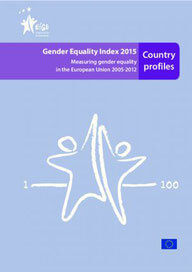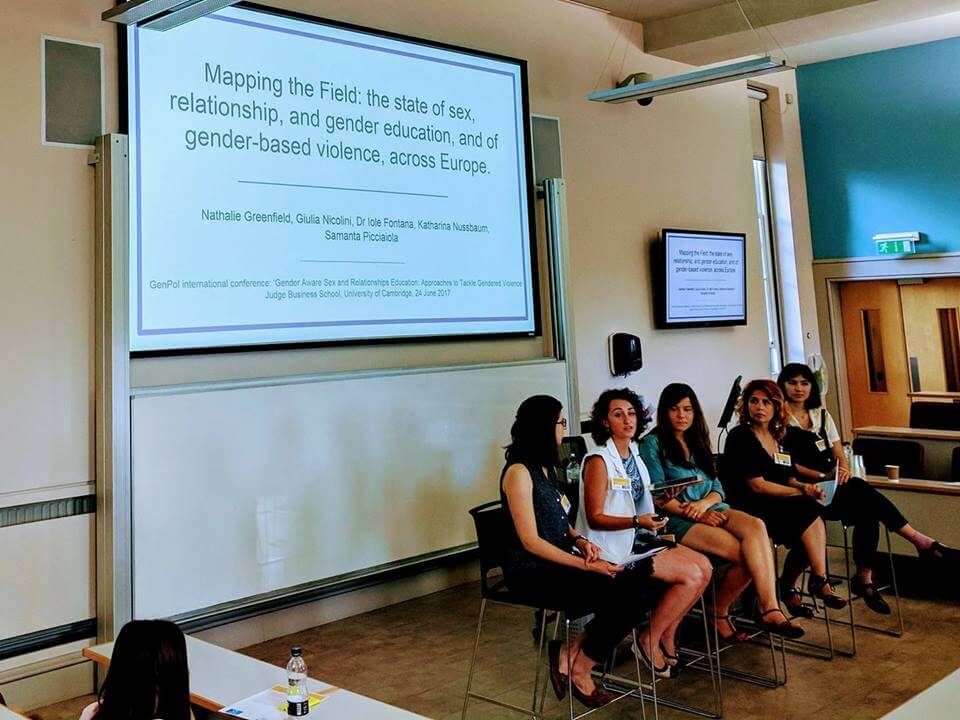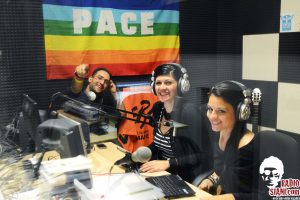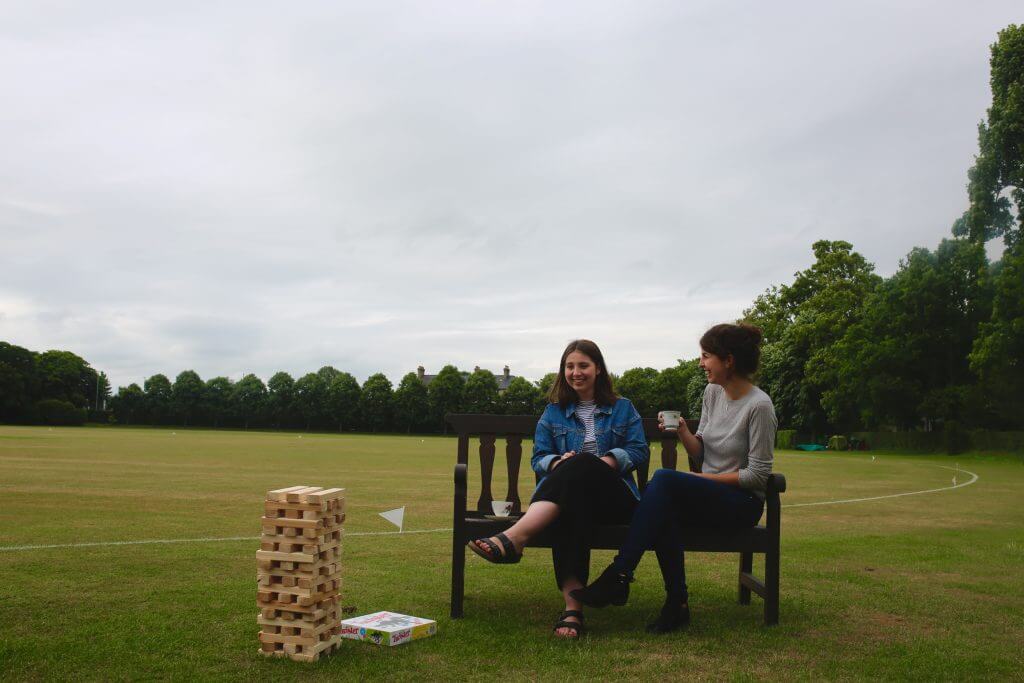
Industry data averages- a wolf in sheep’s clothing
Publishing is often viewed as a rare example of an industry dominated by women.
A 2015 survey with 3,415 respondents across 8 review journals and 34 publishers of different sizes in the US showed that women make up 78.2% of the industry overall (Diversity Baseline Survey from Lee & Low Books). A smaller survey, with 425 respondents, published around the same time, estimated that 77% of the publishing working force in the UK is composed of women (Publishing Industry Salary Survey from Publishers Weekly).
Interestingly however, a different story emerges when breaking down the data by department. While women dominate in editorial departments with 84% representation, this trend dies out at a higher level (only 59% of women occupy executive positions). By inspecting the data further, we find only 2 women CEOs across the top 30 major publishers listed in the Publishers Weekly “The World’s 54 Largest Publishers, 2017”. This trend has been consolidated by recent management changes in large corporate publishers, where women CEOs are being replaced by men. Such statistics translate into an embarrassing pay gap for the industry where men are earning on average 15.7% more than women (2017 bookcareers.com Salary Survey for the UK). The pay gap is a reflection of the fact that men in the industry tend to occupy more senior roles than women, as salaries are roughly the same for men and women with similar roles.
It is intriguing that the pattern of women dominance at the editorial level is not replicated in positi power, even though women are the backbone of the industry. This trend has been also been highlighted by Lee & Low Books as symptomatic of a reality where ‘males still ascend to positions of power more often, even in female-dominated industries’.
The glass ceiling for women in the publishing
The reasons keeping women from reaching the top of the publishing industry are not clear-cut, however some facts do prevail. Firstly, and perhaps more obviously, women still do not have sufficient support to balance career progress and caring responsibilities. This issue not only holds off (or stops) a woman’s career, but can also generate (un)conscious bias from employers in hiring and/or promoting women. While this is a problem across several industries, it is surprising that the move towards digital tools seen in publishing has not been accompanied by a reform in the working environment, which remains very office-centred. Changes are long overdue and flexibility is absolutely vital for women to thrive in the industry.
Other arguments for explaining the disparity in gender statistics between editorial and executive departments have focused on the inner workings of the publishing industry. Specifically, with the corporatization of publishing, management roles have become increasingly finance-oriented, meaning that the skills from editorial departments are not necessarily transferrable to a management role. However, even if we ignore the pool of talented women driving the industry from below, it is hard to justify the fact that there are only 2 women CEOs across 30 key corporate publishers. Are women less capable to make executive decisions? Do women lack the confidence to pursue such roles?
This does not seem to be the case in independent publishing, which is blooming with female leaders setting up their own publishing houses. In addition, major corporate publishing houses have seen a number of women taking leading roles back in the 50s with Helen Meyer, as President of Dell Publishing, and Phyllis Grann, as President and CEO of Penguin Putnam, and then again in the 90s with Marjorie Scardino, appointed CEO of Pearson, and Jane Friedman, the first and only Global CEO of HarperCollins. Where are the women leaders in corporate publishing now? To answer this question, the publishing industry can no longer sit comfortably on its gender averages and needs to take a long, hard look at its own glass ceiling.
More data to assess the publishing industry is required
The data described above might only be the tip of the iceberg. Publishing is made of several sectors, which means that averages are not necessarily representative of the industry. For example, in scholarly publishing women are underrepresented across all stages of the publication process with only 37% as authors, 28% as editors and 26% as peer reviewers, as reported in Helmer et al. 2015 (https://elifesciences.org/articles/21718). This is symptomatic of a bigger global issue in fields such as science, in which only 28% of researchers are women (UNESCO Science Report, Towards 2030). In some sectors of book publishing, women authors have been also been shown to be underrepresented (2016 VIDA count) and have faced gender barriers, famously exemplified by Joanne Rolling who was encouraged by her editor to use the acronym J. K. to hide her gender identity. Contrastingly, women are overrepresented in sectors such as children’s books, which has attracted a number of criticisms, namely that this gender imbalance leads to a predominance of children’s books tailored for girls. This has been correlated with the lack of interest that young boys seem to have when it comes to reading (Jonathan Emmett’s blog Cool not Cute and Porter Anderson’s post here).
This glimpse of data makes it clear that the discussion of gender balance in publishing is far from over and additional statistics are required to understand where the industry needs to be reformed. Importantly, these changes will need to address diversity issues that go way beyond gender. Even though this post specifically addresses women in publishing, data has shown that the publishing industry suffers from a massive diversity problem in terms of race, sexual orientation and disability. Lee & Low reported that 80% of publishing staff are white, 88.2% heterosexual and 7.6% identify as having a disability. The implications of these statistics in terms of the books that get published calls for a major reform of the industry, and a need to chip away at a firmly-established glass ceiling.
Carolina Feijao
Research Associate









